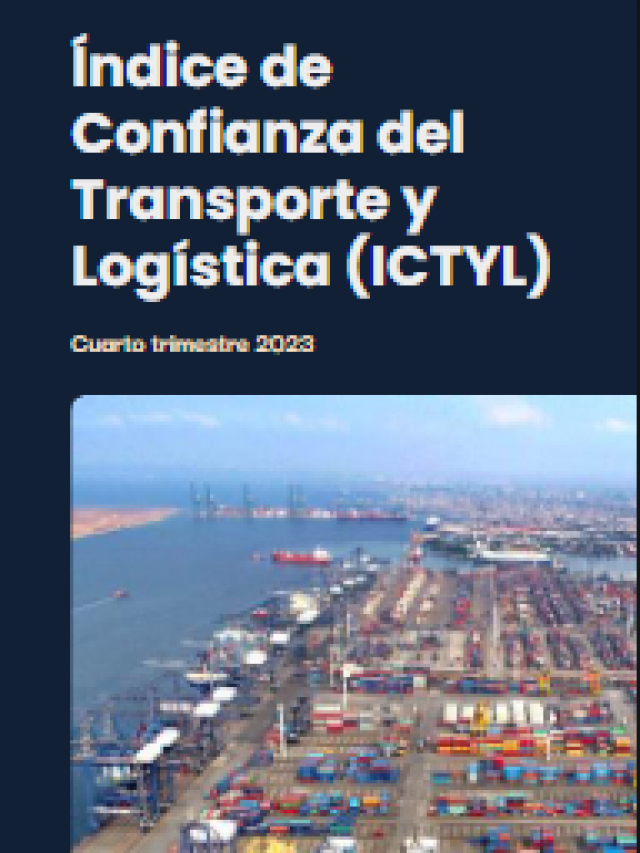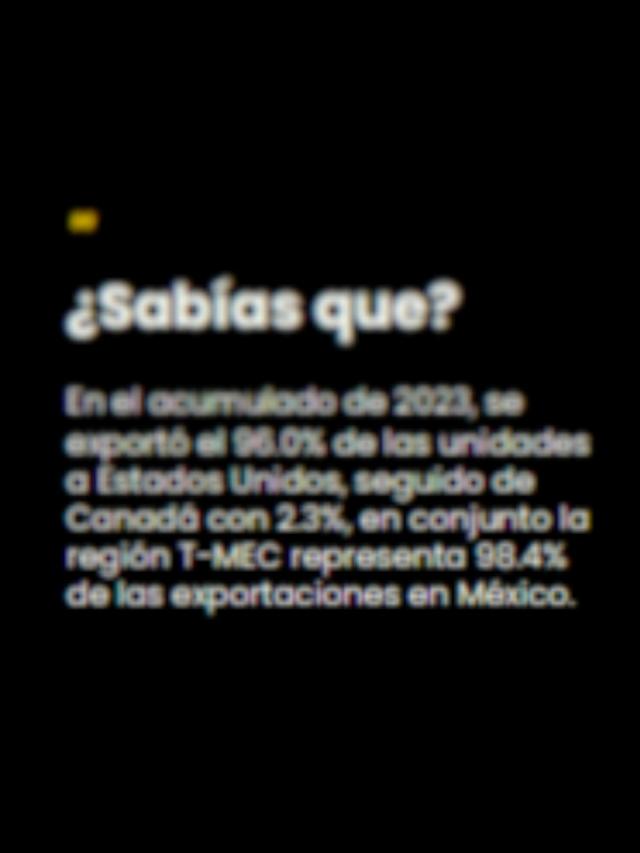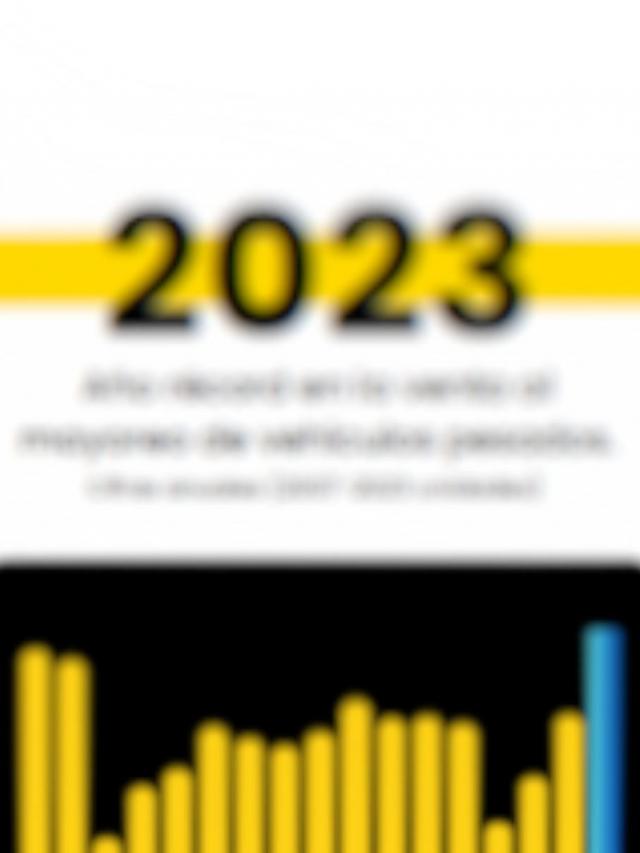
Like a television series with endless seasons, the story of the shortage of trucking operators in Mexico has developed over time, but its outcome remains uncertain.
The worrying thing is that this is not fiction, but the reality of the trucking industry , which is constantly growing, chapter after chapter, with increasingly intense dramas.
Vacancies are increasing and drivers are becoming fewer , and although efforts are being made to find solutions, the shortage persists, and with it, the consequences for the sector and the economy are becoming more serious.
In this real-life series, Mexico is the leading stage for the rise of this shortage , which leads to a deterioration in the country’s competitiveness.
Figures presented by the International Road Transport Union (IRU) show that, instead of advancing, the sector is stagnating, and projections for 2028 warn that the shortage of operators could reach unprecedented global levels, with more than 106,000 vacancies .

The shocking chapters of this story focus on 2024, according to IRU. In that year, Mexico faced a crisis that cannot be ignored: more than 99,000 driver vacancies , equivalent to 15% of the available positions in the country. This figure is a significant increase compared to the 56,000 vacancies recorded in 2023, reflecting the growing driver shortage and underscoring the magnitude of the problem.

But this country is not the only one affected, however, its reality is particularly serious , ranking second with the greatest lack of operators, only below Europe .

As the global driver shortage crisis continues, the challenge of filling vacancies in key countries remains daunting. According to the IRU 2024 report , 78% of companies in Mexico are facing severe or very severe difficulties filling driver positions, a significant increase from 67% in 2023 .
This phenomenon is not unique to Mexico, as Argentina , Turkey , and Australia face similar challenges, with 57% of companies in Argentina , 61% in Turkey , and 43% in Australia reporting serious difficulties. Although the situation appears to be improving slightly in Europe and Uzbekistan , the projections remain discouraging, indicating that the shortage is a structural problem worldwide.

Women in trucking, a challenge
The representation of women in trucking remains extremely low worldwide, and Mexico is no exception. According to the IRU 2024 Report, women represent only 1.9% of truck drivers in Mexico. Meanwhile, the United States ranks as the country with the highest female participation, at 6.9%.

Female representation in this sector is urgently needed, as the lack of female participation limits recruitment options and adds pressure to a crisis that already faces serious difficulties in attracting new drivers.
Working conditions, a lack of safe infrastructure, and a negative image of the profession are some of the most cited reasons for this shortage. Long hours away from home, poor infrastructure for female drivers, and the treatment received at delivery points are additional barriers that hinder the integration of more women into the sector.
The IRU report highlights that, despite efforts by some countries and companies to improve the inclusion of women in the sector, the figure remains disproportionately low.
Causes of the shortage of operators in Mexico
The generational gap in the trucking sector remains one of the biggest challenges. In 2024, only 10.2% of drivers in Mexico are under 25 years old , while 31.6% are over 55 .
This generational mismatch is reflected globally, with Spain and Australia recording high percentages of older drivers (50% and 47%, respectively). According to IRU, 3.4 million truck drivers are expected to retire in the countries studied over the next five years , further exacerbating the driver shortage crisis.
Working conditions still lack attractive incentives for young people. Long wait times at charging stations, a lack of adequate infrastructure for drivers, and the physical and emotional demands of the job contribute to high staff turnover.
Meanwhile, 30% of operators are approaching retirement, creating a talent gap that is difficult to fill.
Amid this situation, Umberto de Pretto, Secretary General of the IRU, warned that “there is no magic bullet to resolve the crisis, but we must close the widening age gap and treat drivers with more respect and dignity. Young drivers are very satisfied: therefore, it’s not about retention, but about improving access to the driving profession and its attractiveness, especially for young people.”

Road insecurity also plays a key role in driving the driver shortage. In its 2022 report, the IRU highlighted that cargo theft and road violence are factors that discourage drivers and contribute to their abandonment of the profession.
The constant risk of falling victim to these acts is driving many operators to seek safer alternatives, leaving Mexico’s routes empty.
Regarding this issue, the National Association of Vehicle Tracking and Protection Companies (ANERPV) warned that in March 2025, theft from heavy vehicles was the main target, with 146 incidents in that month alone.
As the sector faces these challenges, the IRU has proposed several key solutions. Improving working conditions, road safety, and the inclusion of women and youth in the sector are priority areas.
“The driver shortage isn’t just a concern for freight transport; it’s a global economic crisis affecting supply chains,” said Umberto de Pretto.
With projections unfolding as an unexpected plot twist , the operator shortage continues to worsen, but the future still holds potential for change. The next chapter in this story can bring solutions, provided action is taken swiftly and decisively. Ensuring the sector has a diverse , secure , and well-compensated workforce is essential , as this is the only way to ensure a positive ending to this story .
Comment and follow us on X: @karinaquintero / @GrupoT21
















